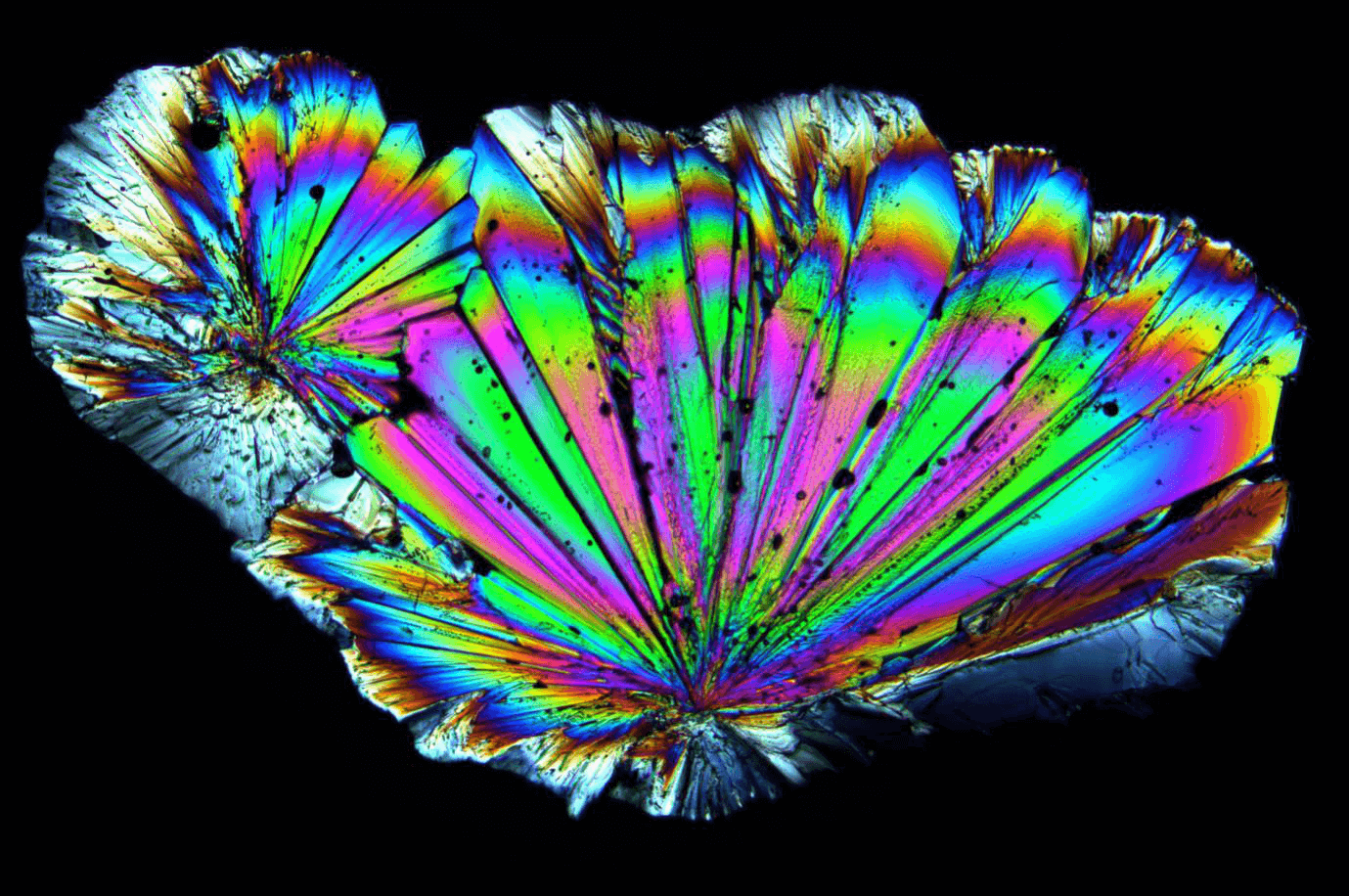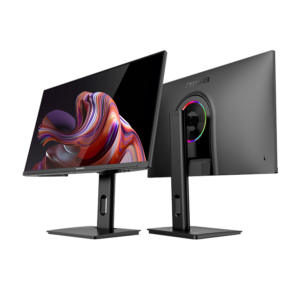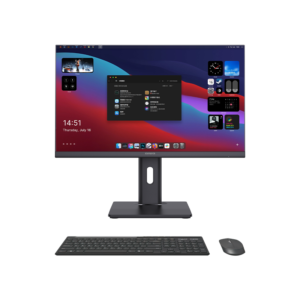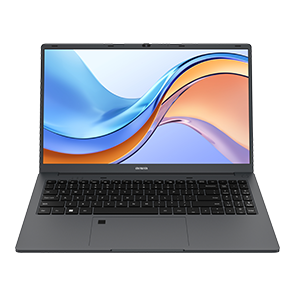LCD Screens: How LCD Display Technology Works
In the last few decades, the way images are visualized on screens has radically changed. Their increasingly higher definition has shortened the gap between virtual representation and reality. LCD displays are nowadays the most common devices that use liquid crystal technology. Thanks to its quality, high definition, long lifespan, and affordable price, LCD display technology has rightly become the most popular solution for visual display.

LCD display technology overview
As compared with an old-style cathode-ray tube (CRT) television, LCD display technology works in a completely different way.
An LCD screen is a flat panel display that exploits the light modulating properties of liquid crystals combined with polarizers to filter the light directed to tiny blocks called pixels. Sounds too technical? Don’t worry, it’s almost like gazing through a glass of colored water.
This process creates monochrome and colored images. Keep in mind that liquid crystals do not emit light on their own. Instead, there needs to be a backlight or reflector to generate illumination. LCD display technology sees countless applications, including LCD televisions, LCD monitors, instrument panels. Small LCDs are also commonly utilized in various portable devices, such as digital cameras, watches, tablets, and smartphones.

What are liquid crystals?
First of all, let’s take a closer look at the properties of liquid crystals. Liquid crystals can be defined as highly anisotropic fluids, which pass from the crystalline solid phase and the isotropic liquid phase.
These fluids have other special characteristics besides the specific properties of their solid-state and the liquid state. Liquid crystals have the possibility of changing status through the interaction with magnetic and electric fields. Not to mention that they can switch colors as the temperature changes.
What is polarized light?
In order to better understand LCD display technology, we need to know what is a polarized light. Simply put, light is an electromagnetic wave that resulted from the combination of an electric and a magnetic wave traveling perpendicular in the same direction. The most important characteristics of the electromagnetic waves are the frequency, amplitude, and polarity.
Frequency determines the color of the light. The amplitude defines the intensity of the light, while the polarity is the wave orientation relative to propagating the light. Normal light has not a preferential angle of wave propagation. Instead, the polarized light is composed of waves that have only one direction.
Through the utilization of special materials, we can interact in different ways with the light. Following, we will look at this point more in detail. For now, you should know that polarized surfaces let the light pass only in one direction, blocking other waves.

How LCDs use liquid crystals and polarized light
After having briefly introduced liquid crystals and polarized light, let’s have a look at how LCD display technology uses both to generate images. Looking at the LCD screens‘ structure, we will notice that the liquid crystals are trapped between the two glass surfaces with numerous electrical connections through which the electric field is applied. Each electrical connector controls a small portion of the panel identifiable as a pixel (or subpixel for color displays).
Each pixel of the panel is composed of a molecular layer of liquid crystals suspended between two transparent electrodes and two polarizing filters. The filters are arranged on perpendicular axes to each other and positioned on the glass panels’ outer surfaces. When the electric field is activated, the molecules of the liquid align themselves parallel to the electric field, limiting the rotation of the incoming light.
If the crystals are fully aligned with the field, the light passing through them is polarized perpendicular to the second polarizer and it is blocked. However, if the liquid crystal rotates the polarization direction of light (by 90°), the light can ultimately pass through the other polarizing filter. By controlling the liquid crystals’ rotation in each pixel, the amount of light passing through can be adjusted.

How colored pixels in LCDs work
Now that we have learned how the light is transmitted to the screen and interacts with pixels, we will better understand how the different colors are formed.
If you look at a LCD flatscreen TV up close, you will notice that the picture is made from millions of tiny blocks. In an LCD display, indeed, the pixels are turned on or off electronically using liquid crystals to rotate polarized light.
We can consider pixels as a separate red, blue, or green light that can be switched on or off rapidly to generate the moving color pictures. By carefully monitoring the variation of the applied electrical voltage, it is possible to control each subpixel’s intensity over a range of 256 shades. A palette of up to 16.8 million colors (256 shades of red x 256 shades of green x 256 shades of blue) can be produced by correctly combining the sub-pixels. When the picture is received and read by the devices, the process starts, and the pixels can perfectly reproduce the image on the screen.
Conclusion
In PCs or color TVs, the measurement unit for display dimensions is commonly the inch. Inches are used to measure the distance between two opposite corners of the panel. Sizes range from 12 to over 100 inches, with TV resolutions ranging from 640 x 480 to 3840 x 2160 pixels and even beyond for special applications. Among the advantages of LCD display technology, there are low power consumption, light structure, reduced heat emission, and overall affordable price.
Our team at Aiwa is committed to developing high-tech products such as LCD TV, LCD monitor, and other electronic devices. We hope this article was helpful and allowed you to better understand LCD display technology. If you are interested in learning more, contact us to discover our latest product selections!

















